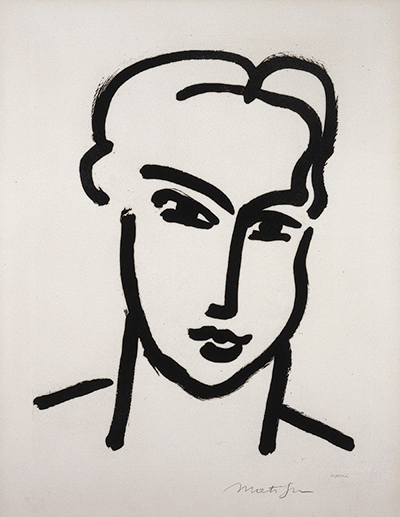

The showcase at UCCA Edge in Shanghai, however, takes up three levels of a commercial building located next to the Suzhou Creek in Shanghai.
"Many works in the show are not huge in size. There are intimate works on paper, drawings and smaller collages, so the scale of the space in Shanghai actually works very well, because viewers can get very close to the artworks," says Tinari.
The final section of the exhibition Matisse, Fauvism, and Modern Chinese Painting has special significance to Shanghai as the introduction of Matisse and the beginning of his impact on China's modern art scene largely took place in the metropolis from the 1920s onward.
Liu Haisu (1896-1994), who was considered one of the founding fathers of modern Chinese art education, was one of the first to promote Matisse in China. In this section organized by UCCA Deputy Director of Research Huang Jiehua, visitors will see the first collection of Matisse's paintings published in China.
In 1929, China witnessed one of the first public disputes in the nation's art scene, with Shanghai's newspapers divided over artistic differences. The first national art exhibition took place in Shanghai that year and sparked wide public interest, and introduced the styles and ideas of modern Western artists, such as Paul Cezanne and Matisse, to the public.
Xu Beihong (1895-1953), an important artist and educator in China, strongly disapproved of the paintings by Matisse, Cezanne and Pierre Bonnard, describing them as "of poor quality". On the other hand, renowned poet and essayist Xu Zhimo (1897-1931) published essays defending Matisse and modernist art. This public discussion had a great impact on China's art history.